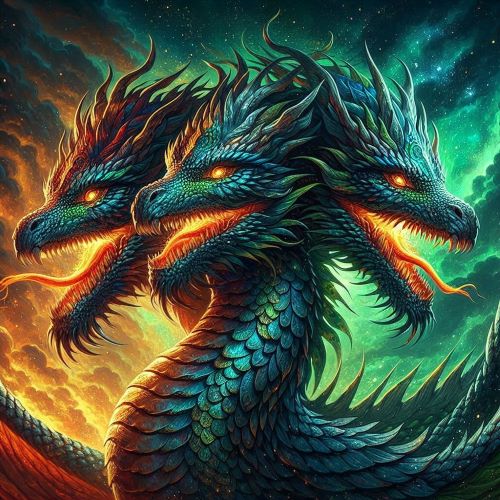Baltic Mythology
Baltic Mythology pertains to the traditional religious beliefs and traditions of the people of modern day Lithuania, Estonia and Latvia. Baltic Mythology is still very much alive as the tribe was the very last to be Christianised. Therefore, it was only recently that their pagan worship and religious acts were abolished around the 14th – 15th centuries. The information about the mythology of the Baltics is very limited as a result of little documentation and strict use of oral literature to pass down the information of great men, legends renowned for their supernatural powers, etc.
Being a tribe that practiced pagan worship, it is expected that their mythology is centered around the activities of big nature, gods and goddesses, priests, and god-sent legends. The Baltic Mythology did not fail to bring all of these to light, as it was a mythology that centred on religious ideology.
Baltic Mythology is made up of gods and goddesses with supernatural powers and striking characters. Most times, the gods are spoken of in Baltic Mythology share certain similarities with the gods spoken of in Europe and Asian myths. Some of the gods include Saulé (the sun goddess), Mara, Perkinas (the Baltic god of thunder) and Dievas – (the most supreme god). Other gods include Velnias, Laima, Medeina, Giltine, Milda and so much more.
Historians still have a lot to discover but the few discoveries are proof of the fact that the myth of the Baltics is great and hinged on the presence of continued practice and propagation by the natives. The overarching influence of the communist mindset of the erstwhile USSR has had an important role in subduing the religious practices alongside the Christianisation of Europe in the modern era.












